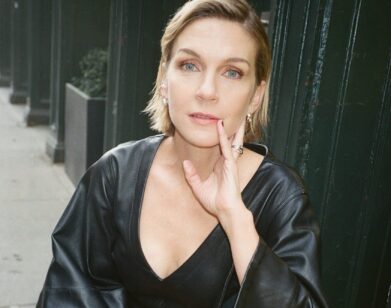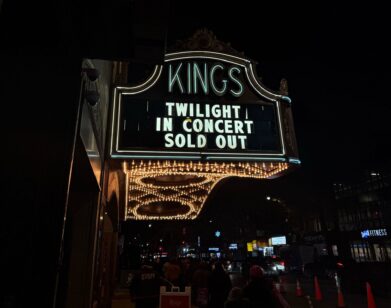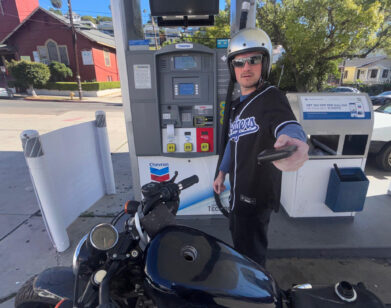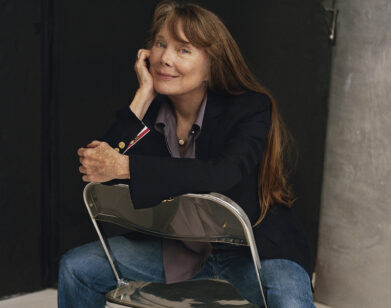Francis Ford Coppola on Sofia, Somewhere, and His Dream Diary
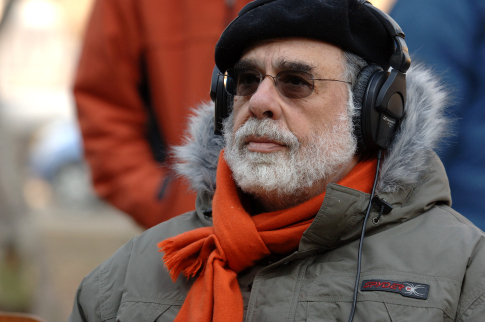
The idea for Francis Ford Coppola’s latest film project came to him in his sleep. When he woke up, he recorded all that he could remember of it into his iPhone:
“This is a dream that I just had. I’m in Istanbul. It begins in some kind of rural setting—it could have been Calistoga or Greer Lake or any of those places, and I was in this town. It was late in the afternoon and I met a girl. She was young, she had dark hair, sort of crooked teeth, and she wore braces. She was a little mischievous….”
The girl Coppola imagined that night would be played by Elle Fanning, in a film called Twixt Now and Sunrise. Having finished shooting it a few days ago, Coppola is now in Morocco for the Marrakech International Film Festival, where if you ask him nicely he might just take out his iPhone and play his original dictation of the dream that got it all started—more of a nightmare, really, he says, adding, “It’s a gothic story, like Nathaniel Hawthorne or Edgar Allen Poe.” (It also stars Val Kilmer, Bruce Dern, and Alden Ehrenreich, the breakout teenage actor from Coppola’s last film, Tetro. Coppola, partially for financial reasons, plans to edit it himself.)
For more than a decade now, the legendary director of Apocalypse Now and the Godfather trilogy has withdrawn from the spotlight to make wine and smaller, more personal film projects; his movies now attract considerably less attention than those of daughter, Sofia. Her latest, Somewhere, is Saturday’s closing night film here in Marrakech. Coppola père speaks of her as you’d expect a proud father to: She’s found her own style, he says, and barely consults with him anymore. He is still her executive producer—”more ‘executive’ as she gets older,” Coppola jokes, adding that Somewhere (which won the Golden Lion this year at Venice and stars Stephen Dorff as a movie star dealing with ennui) is “a little minimalist masterpiece.” Coppola says he sometimes wishes he could keep his work as stripped-down as his daughter’s. “I think it would be an improvement on my films if I didn’t do so much,” he muses.
The only old script he’s got kicking around at the moment is jumbo-sized Megalopolis, which, at 71, Coppola doesn’t seem in any particular hurry to get made. “That’s a film about utopia, so until I can see how to find it in the world, I don’t know how,” he says. For potential investors, that might not be a bad thing.
Coppola thinks he knows the future of movies, and it’s not 3-D. “We had 3-D in the fifties, we had 3-D in the seventies. You can always do 3-D,” he says, adding that the resurgent format is “not a solution, beyond charging the audience another four dollars.” What is, then?
“Cinema’s going to change. It’s going to become something that we can’t even imagine,” he postulates. “100 years ago, 200 years ago, it was enough to record some music. You hear Caruso, or you saw the Brothers Lumière—you went in and saw the workers coming out of the factory. It’s not enough to record stuff anymore, to have dead cinema, which is to say, [cinema] based on the photochemical idea that it’s all glued together.” What does this post-celluloid cinema look and feel like? “That’s a long lecture,” Coppola says. Presumably, it’s also something he dreams of, when he’s not dreaming of girls with dark hair and crooked teeth.



